See my previous interviews: with David Wilson and Sandra Bezic.
Benoit Richaud has recently risen to become one of the most fascinating and popular choreographers in the figure skating world, as well as one of the most provocative and innovative. He works with skaters across all age groups and levels, from the novice up to the senior ranks, but also across geographical borders, with skaters willingly coming to him from Japan, China, Russia, USA, Hungary, France, and many other countries. His choreography, too, has transcended a lot of borders — in a more metaphorical sense — in his choice of music, his ways of movement, his approach to gender, and so on. These are some of the topics we discussed in this interview.
The five parts of the interview will guide its readers through different countries, different skaters, mentalities, and different issues pertaining to the figure skating world (and not only), thus hopefully providing a relatively fair account of incredible multifacedness and richness of Benoit Richaud’s choreography, as well as of his off-ice persona.
I. France: On style and beauty (Benoit Richaud)
I wanted to start with a couple of more general questions about your choreographic style. In one of your recent interviews, you mentioned three modern dance choreographers that influenced your own choreographic vision: Jiří Kylián, Mats Ek, and Paul Lightfoot. In your estimation, what were their specific contributions to your choreographic language and style? What were their ways of shaping your thinking?
— When I was very young, I had already been interested in the arts — partly because of my family, and because I was French. And the first thing among different arts was music. Although both of my parents had jobs completely unrelated to the arts, they also practiced some music and dance just for themselves. My father was a DJ — he was very successful in the area where we were living. And my mother liked to dance. And then there was skating: it was a very small rink, and my coach there was terrible, but it was then when I discovered ice dance back in 2002. It was the 2002 Olympics in Salt Lake City, and I watched these last two groups of ice dancers 1000 times — I am not kidding! Inspired by this, I went to Lyon and started my ice dance career. But at the time, I did not have any dance class or any dance education, but apparently I was naturally talented as a dancer. In Lyon, they were shocked when they realized I had not taken any ballet class, but was only watching TV and learning from the videos I had seen.
Coming from a small town to a big city like Lyon, I was feeling pretty lonely — but also curious. When my first computer arrived, I started watching online videos — about choreographers, dance. And very quickly I became really interested in dance, particularly modern dance. I didn’t connect with classical ballet. I mean, I know that classical technique is very important for all dancers, but I still do not understand why people spend their entire lives in classical ballet; why a professional dancer would devote his entire career to the classical dance.
I was very lucky to see Jiří Kylián in Lyon. I am not sure if he was there in person, but I saw his piece there. After I watched it, my world changed forever.
Do you remember which piece of his you saw there?
— «Petite mort». I think it was «Petite mort»!
And then I started watching other videos on Youtube, started to explore this new world. I remember seeing one piece my Mats Ek called «Smoke», with one of my favorite female dancers, Sylvie Guillem. She is probably the best dancer in the world. I saw this work and immediately thought: that’s what I want to do! At the time, I even wanted to go outside of figure skating and start a professional career in ballet — in contemporary ballet.
This is something I have never said in any interview so far: I was so passionate about ballet, that I actually went to the best ballet place and best teacher out there in Lyon (the teacher was Russian, by the way). I was 14 or 15. She looked how I danced and said: OK, you can be a professional dancer, you know? But at the end, I realized I had too much passion for figure skating. After three months in that school, I said: I don’t want to go that far. I love it, but I prefer figure skating. And that happened because I still had that spirit of sport inside me.
And of course I am very lucky to live in France, where we have all these choreographers, and all these people coming here to show their works. It makes our minds very open.
Speaking about that, I am wondering if you actually consider yourself a French choreographer, or whether you would rather say you are more eclectic and willing to explore different directions in your work.
— I really like to think of my work as being French. At the same time, I am definitely not stereotypically French in the way I work — many people think of French way of working to be slow and lazy, that is not me! All my skaters know that I work a lot. I think I can say that I have a kind of ‘free spirit’ that allows me to think out of the box. And here I am a true son of my country, and I am proud of that. The older I get, the more ‘French’ I get as well. In France we have this culture of ‘free spirit’. That’s partly why some people call us arrogant and think we think we are better. It’s the opposite actually! We don’t think we are better, we don’t compare ourselves with others: we just try to do what we feel we need to do.
In 2018, I choreographed the Beyonce program for one French girl [Mai-Berenice Meite], and another girl [Ivett Toth] skated the AC/DC program. Some were shocked by the music I’d chosen for Ivett. At first some people said: oh, this is terrible, how can you do that? I always replied with this: if you have a boy skating to Don Quixote — and not just to Don Quixote, but to the music composed specifically for a female dancer — and you like it, what’s wrong with a girl skating to AC/DC? But later people were writing articles about it, saying that this was the best music choice at the entire 2018 Olympics. There was even an article in New York Times! The journalist said it was very fresh and cool.
So, to come back to your questions — this is the French style.
How would you characterize this French style of yours: what would you consider essential, foundational for this style, and more generally for your choreographic vision?
— The question you ask is very complicated, because there are so many factors to consider. First of all, I think life experiences have an impact on what you are doing. And second, it’s important to remember that the choreography we are doing is not for a dance, but for a sport — which is totally different. I realized that when I created a piece for «Ice dance international», which is a professional company that cares only about ice dance, about the beauty of dance on ice. Their director [Douglas Webster] was also a director of the «Ice theater» of New York. I choreographed a piece for them and it was the first time that I actually did what I wanted, without the confines and the rules of the sport. This piece was the extension of what I was feeling at the time, of what I had inside me: I realized that only two years later. Figure skating is a sport, we should not forget about it.
It’s hard to speak about dance, art, choreography. My way of expressing meaning is through movement. I always like to remain a little bit mysterious. When I choreograph, I do it on feeling and instinct; I find overthinking or analyzing it too much in the moment ruins the natural feel. The meaning comes post factum. I realize what I wanted to say only when it’s all over. It’s almost like writing a book and not knowing where this book will go, how it will end. And then you finish and read the book from the beginning, and there it is.
People in figure skating often think that ‘art’ should always be about beauty. But art is not always about beauty! You can captivate with a movement that has nothing beautiful about it — just with the movement itself. One dance company that shows particularly impressive results here is the Scapino Ballet in Rotterdam. They don’t try to be beautiful — they try to arouse an emotion by a movement which is not necessarily beautiful or aesthetically pleasing.
II. America: Representation of gender (Bradie Tennell)
One example that I want to discuss in more detail is Bradie Tennell’s 2019-20 ‘Mechanisms/Chronos’ where, despite all sassiness and playfulness of the main protagonist, one senses some degree of alienation and estrangement in the combination of this vocabulary of seduction with the mechanical and emotionless ‘tick-tock’ of Kirill Richter’s music. The sassiness and playfulness of Bradie’s protagonist does not work in a straightforward way. And if we come back to Kylian, Ek, and Lightfoot for a moment, this is what I notice in many of their works, too: in how they create ironic distance by unconventional juxtapositions.
— I used two pieces by Kirill Richter, who is an amazing person. I know him quite well now. He is Russian, but he was still relatively unknown in Russia at the time. Now he is getting more and more famous. So, Russian music was used to create a piece for an American skater by me — a French choreographer. This combination itself was the first thing I really enjoyed about this program.
This music has a lot of feelings in it. And I wanted people to feel something while watching this program, something very personal. The worst thing in the world is when you watch a program and feel nothing about it. At the same time, there is this motif of time there. At the end, when there is a step sequence, things start to look less smooth, they become more and more mechanical. At the beginning Bradie moves smoothly and naturally, but at the end it all starts to look ‘blocked’ and forced. Everything turns into time.
You mentioned feelings, but feelings can be different, and emotions can be different, too. Figure skating often uses stereotypical romantic feelings — they take, for example, Tchaikovsky’s «Swan Lake» and make use of its romanticism and beauty. What I found interesting in your program is a juxtaposition of lovely playfulness and a mechanical ‘tick-tock’ of Richter’s music. It’s not straightforward. This is where ‘ironic distance’ becomes important, I believe…
— You are absolutely right in your description, and it is closely related to what I just said. It made me happy that Kirill Richter himself, who does not like figure skating at all, was delighted about my program when he saw it. He realized that my vision was different, much closer to his world.
For me, this program was one of the highlights of the season!
— When I was in Canada, I met David Wilson for the first time in my life. Of course, I knew him as a choreographer, but that was when we first met in person. He said that for him and for Sandra [Bezic], what I did for Bradie was simply outstanding. I felt so pleased to hear that, it meant a lot. You should know that Bradie had no background in choreography. It was a long way before she could do achieve something like this short program. When we just started, I could not even imagine that she would be able to do this program on Kirill Richter’s music at some point.
It also broke a few gender stereotypes, I think. Historically, figure skating has always been extremely conservative in the way it explored genders, so what we often saw in the past and sometimes see even now is a more traditional way to deal with them in a dichotomous, oppositional way: ‘femininity’ playing with soft lyricism and classical ballet posture; ‘masculinity’ being sharper, louder, and more aggressive, and so on. In your works, however, these relations are completely overthrown and redefined: the same Bradie Tennell was probably the most anti-romantic and anti-feminine Juliet that I have ever seen on ice (in 2018-19 «Romeo and Juliet»). And of course you have already talked about Ivett Toth’s Olympic short program that stirred up much discussion and controversy because of its unconventional use of AC/DC for the lady’s program; as well as Maé-Bérénice Méité’s Beyonce program that went as far away from the conventional ideals of ‘femininity’ as any program could possibly go. To put it simply, is there any difference for you between choreographing for a boy and for a girl?
— It’s important to remember that music is created first, before any choreography. It means that the interpretation of this music can be entirely personal — it’s open to interpretation. When I choreographed Bradie’s «Romeo and Juliet», I was not trying to reproduce any ballet, even though I did watch both classical and modern versions.
First of all, I am looking at my skater and how he moves to this music. Second, I enrich this with my personal feelings. In this particular program, I was not looking for a Juliet! For example, the last part — it’s not about Juliet, it’s about death. In figure skating, it works like you said: they want a girl to become Juliet, they want her to wear a light blue dress, raise her hand to the sky with a little smile… They want her to be elegant and light.
But what I want is for the skater to be herself. I want her to be herself, not some other person. And I definitely don’t want my choreography to look the same — the same kind of movement all the time. Of course, you can still see my vocabulary of movement there, sure, but every piece is still different. This is particularly important in pieces like «Romeo and Juliet» which was already used hundreds of times before me.
And while we are on the subject of gender issues: you are one of only a handful of choreographers who worked across all four main disciplines of figure skating: men’s and ladies’ singles, pairs, and ice dance. What are the specific challenges posed by each of those and how your own approach differs, if at all, when you switch between them?
— To me as a choreographer, singles and pairs have much more freedom than ice dance. Ice dance is very complicated for choreographers, because there are all these technical requirements and obviously the coaches would want to get the highest scores on that. This is the reason why the majority of ice dance coaches also work as choreographers — because choreography in ice dance requires everyday checks.
There is much more freedom in singles and pairs. Even though there are still many technical elements there, we can still do what you want. There is more space for creativity.
Does your approach change when there are two people on the ice, not just one?
— I was lucky in that I skated as a single skater before moving to ice dance at the age of 14, so I can understand the demands of both. Of course, choreographing for a couple is, in a way, another world, because you can do things that you cannot do for a single skater — different shapes, movements, feelings.
III. China: False narratives (Nini and Boyang Jin)
Apart from working across a variety of disciplines, you also choreographed for a wide range of ages and levels, from the novice or even pre-novice level up to the senior ranks and very experienced skaters. One particularly interesting case in this regard is your work with Xiangyi An (‘Nini’) — a 13-year old Chinese skater who have recently won the Nationals and her first international competition. What kind of challenges does working with so young skaters pose and how do you overcome them? In your mind, do you have a clear strategy—a path—that you as a choreographer would like to follow with Nini?
With Nini, we have an agreement for a long-term collaboration, so we are supposed to work together for many years. This makes everything much more interesting, because you can actually develop the athlete. So what I do is I try to explore different styles with her, and I am also giving her a lot of exercises for basic skating skills. So, this is definitely a vision, a path. We know where we want to go.
There is something like a fashion now to change choreographers every year: one choreographer for the short program, another for the free, and then next year they change them, and so on. I don’t think this is smart. This is what is good in Russian teams: skaters stay with the same choreographer for many years. Choreographers have enough time to develop their skater. Many great champions of the past worked with the same choreographers for years — and I think that was one important part of their success.
Yes, David Wilson — another choreographer who is very fond of long-term projects — called this new fashion for changing choreographers ‘shopping around’…
You work with skaters from different countries: right now they are mostly from the US, China, and Japan, but there are other. And there were quite a few Russian skaters in the past, of course. What does nationality bring to the table and how does it influence (if at all) your choreographic and musical decisions? Is mentality, national traditions of dance and music, or any other features that constitute the skater’s sense of belonging to one or another nation important to your work?
— Adaptation is the key. Choreographers are not just creators of movement — in a way, they are also psychologists! We need to understand what skaters feel and find the right piece for them. We need to see who has the ‘free spirit’ and who is more of a structured skater. My idea in working with the latter is to develop this free spirit in them.
Daniel Grassl and Jin Boyang—two skaters that you collaborated with this season—explained the elaborate stories lurking behind their free programs. For me, to learn these background stories was somewhat surprising, because I always imagined your choreography in a more ‘abstract’ way—as a series of movements and gestures that draw their inner logic, coherence, and style from the music. In a similar vein, you once acknowledged the fact that your work is spontaneous and improvisational rather than pre-planned, so reacting to immediate musical ‘events’ on ice would seem more appropriate for your method than pre-planning and following a storyline. I wonder what comes first: is it ultimately a story that drives your choreographic imagination or the music, or some sort of combination of the two, and where do you find that initial impulse that kindles the entire creative process?
— I have to say, I don’t like stories! I am trying to understand what my skaters feel towards the music, I am not looking for stories. We discussed this at some length with Daisuke Takahashi actually. He said that story is the way he moves. He does not need anything else. But it does depend on the skater and on what is more comfortable for this skater to express music. Some skaters need words and stories. It is important for some of them to understand what this program is about — after all, they are going to perform it, so they want to know!
Boyang Jin’s program had an idea which I created together with the musician, so in this case I spoke at length with the team about the vision. This is in fact one of the few programs where I had quite a clear vision for it well in advance of beginning work with the skater. But the idea was not precise and clear. Skaters then build their own stories on that. I sometimes give an idea, but also leave a space for the skater to fill it in.
Speaking about Boyang Jin and his program…
— First of all, Boyang has a huge potential and I can only hope that we will have more time in the future to realize that potential. He is a very bright and promising skater. As for the program — I was excited and so pleased with the choreography at the start of the season. Sadly though, we didn’t have the opportunity to spend more time developing the program over the season, and I was disappointed about that because I felt it was a missed opportunity for him. At the end, the program did not really go in the direction in which I wanted it to go. Still, I value this collaboration and hope we will have other opportunities to work together in the future.
IV. Russia-Japan: Maturity and change (Alexei Mishin, Liza Tuktamysheva, Kaori Sakamoto, Rika Kihira)
At the initial stages of your career as a choreographer, you also spent quite a lot of time with Russian coaches and skaters: most importantly, with Alexei Mishin and his former and current students, including Elizaveta Tuktamysheva, Alexandr Petrov, Andrei Lazukin, and perhaps some other. In hindsight, how would you describe that Russian stage of your career—what kind of experience did it give to you back then?
— My experience was wonderful! I spent a lot of time in Russia and did a lot of work. I got the chance to work with the World champion! Liza Tuktamysheva is a wonderful skater and a very special person.
For me as a choreographer, the opportunity to work with world-class skaters and with one of the best figure skating coaches ever — Alexei Mishin — was very important. Alexei Mishin is like my grandfather. We call each other every week or so. He is truly one of the best people out there in figure skating!
Of course, I was not particularly happy about some choreographic moments. Not everything went in the direction in which I wanted it to go. Sometimes they would change things that are very meaningful and important to me and my choreography. Overall, however, it was a very positive experience and important leaning process.
Did you have similar experiences with other skaters?
— Yes, it happened before. When I just started to choreograph, people would often not take my work too seriously and make a lot of changes. Now skaters are more faithful to the work I am doing. It’s not as though every element stays intact, but a lot more of it does. I know that some people liked Kaori Sakamoto’s «Amelie» (2017-18), but I was actually disappointed because we didn’t have the time together during that season to refine and work continuously on the choreography, and so by the end of the season it was difficult even to recognize.
There was no follow-up?
— No. That’s why I think Russian skaters are lucky to be able to work with their choreographers all the time. You can like their work or not, but everything they do is very precise, because they work with their choreographers every day.
Last week, you were very busy working with another Japanese skater Rika Kihira. What direction did you want to explore with her and what are your impressions about the time you had together?
— Rika wanted to work with me for two years already. Since I did some choreography for Satoko Miyahara, who works with the same coach, and Daisuke Takahashi, Rika could see what I was doing and which direction I take when I develop skaters. I guess she wanted to work with me because she wanted to go in that direction and she thought this is where she can develop, too.
Rika has massively developed as a skater in these 5 days of work that we had. I pushed her much farther than she thought she could possibly go. The program we created is about maturity. She looks like a senior skater there — you don’t notice that she is 17 years old anymore. Her skating was all about lightness, whereas I tried to bring more sharpness and attack to her movements. I think a few people will be surprised by this program.
V. Conclusion: Technique and artistry
To wrap things up, I have two final questions for you. The choreography you are doing is inextricably bound by all the technical requirements and restrictions imposed by ISU. The number of jumps, spins, the requirements for getting the highest levels in step sequences—practically every single step and turn of the skater is controlled by the judges. How do you deal with these restrictions—this rigid frame—in your work, and what is your approach towards the relationships between technique and artistry in figure skating?
— I don’t think of these rules as restrictions. Also, I don’t spend time, trying to fix something that is out of my control. My job is to adapt myself to the rules, to make all the technical elements that are there in the program musical and meaningful. I am very precise in terms of where these technical elements need to be placed in relation to music. Depending on which accent I want to emphasize, they can look heavier or lighter.
Skaters have their own patterns when they go into jumps. Sometimes I would propose some changes, some new exits, and so on, but at the end it’s very important that skaters feel comfortable when they are doing this. So, I always ask my skaters: ‘do you feel comfortable doing this? And please do not lie, say the truth!’ This is important, because this is one of the keys to a successful program: everything should look effortless. It should look easy. It’s in the ISU Technical book!
If my idea is too challenging, it’s my job to either make the skater believe me or find another idea. I prefer making a lighter version of a program and then making it more complex as the season progresses, than doing the opposite.
My final question may be a bit provocative. Figure skating is a judged sport, and of course any judging system would inevitably impose its own restrictions and rules on the artistic side of this sport. The two are closely linked to each other. Imagine being an ISU member who could influence the future development of this sport. In your view, what could possibly be done to make this sport a more creative space and to make choreographers’ lives easier? What kind of path would you follow?
— First thing that comes to mind is lifting the age limit for senior skaters, particularly for the ladies. We need to encourage skaters to stay longer in figure skating, to have longer competitive careers. It’s sad to see what is going on right now. I was really starting to like Alina Zagitova, for example, and now she’s just disappeared. We only have this problem with women: no problem with men, pairs, or ice dance couples. People don’t even know the names anymore, they can’t even pronounce them properly, because these skaters stay for 2-3 years and then they all disappear. I really hope the ISU is going to raise the age limit eventually.
Second, one problem that I see is that the short and the long programs look very much the same right now. I would be happy to see a program with less technical elements, and another with more emphasis on technique. I don’t know if we should call the former program ‘artistic’ or not — it’s still sport, and it’s going to be judged — but it would be nice to see more emphasis on artistry in one program. For any choreographer it is a dream to have a program that does not focus on technique at all. As for skaters, it will give them an opportunity to develop themselves in a direction that is different and less technique-centered.
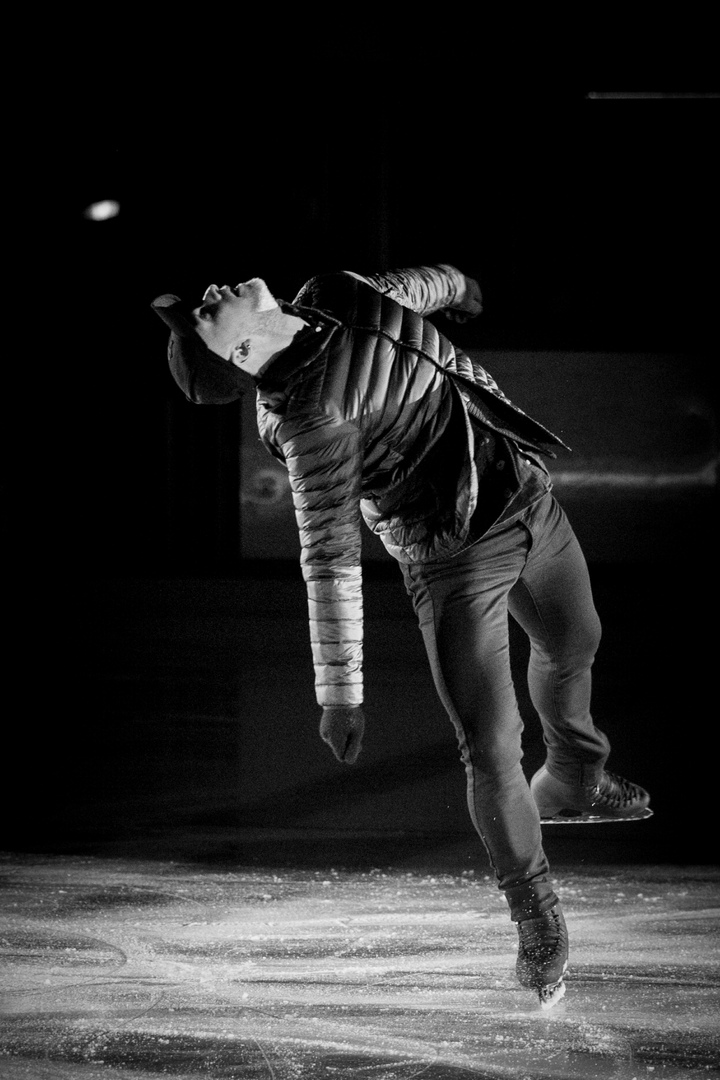
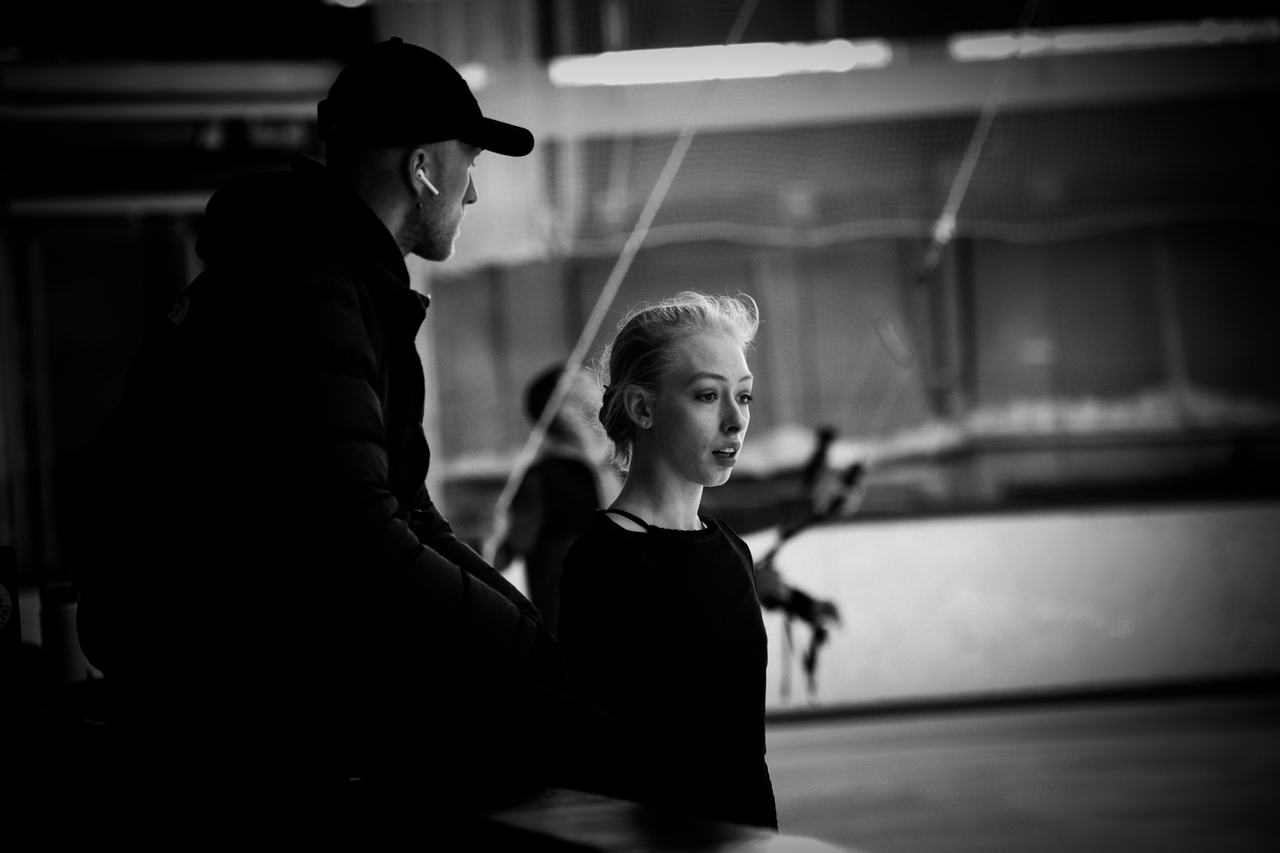

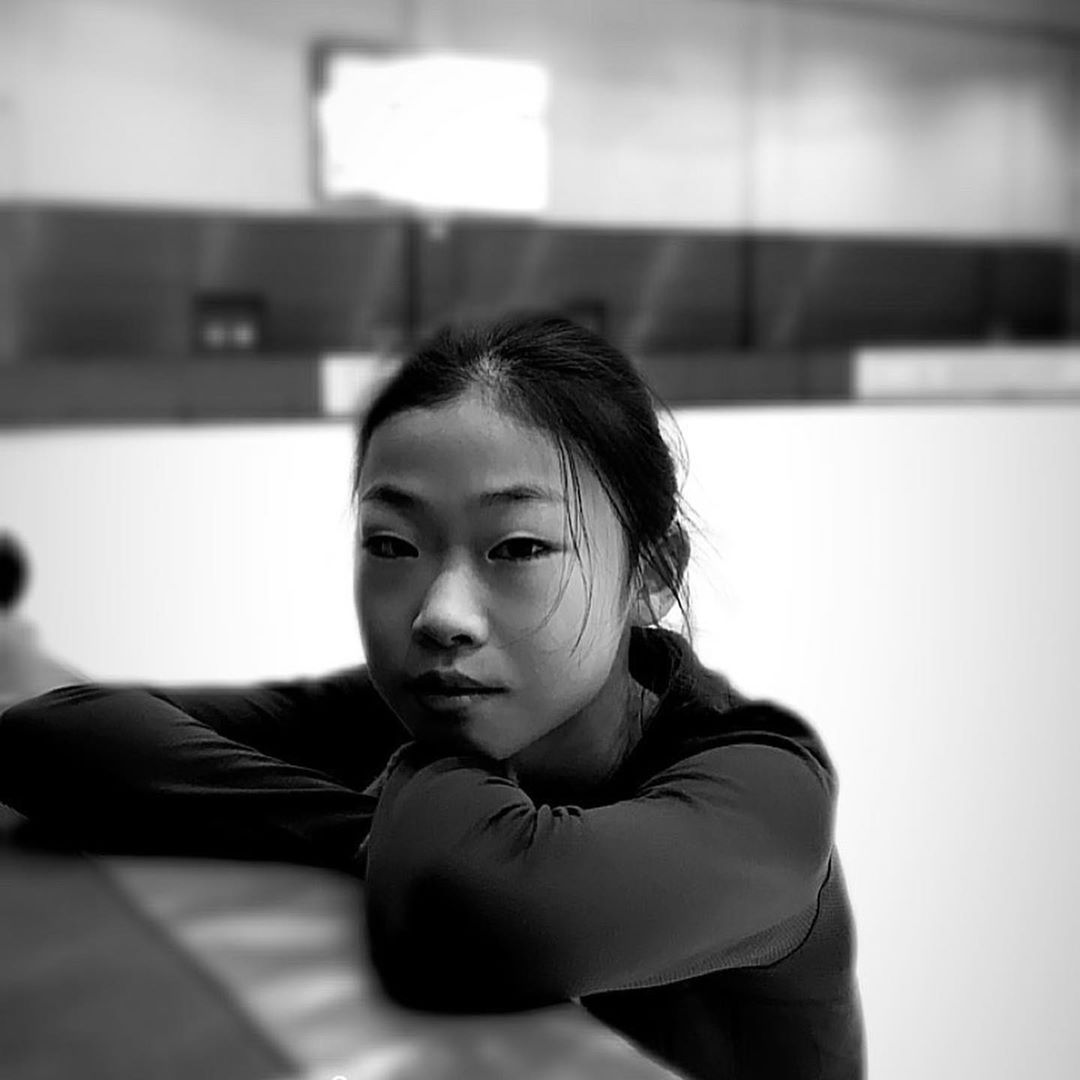

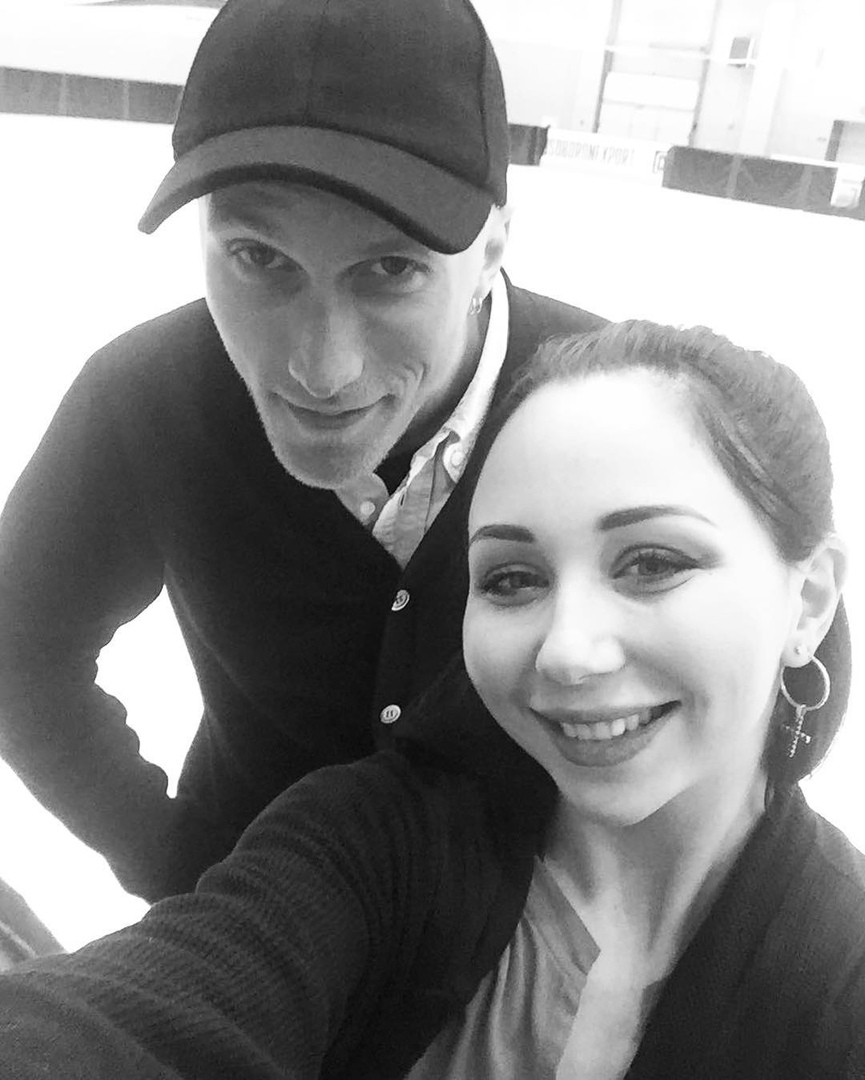
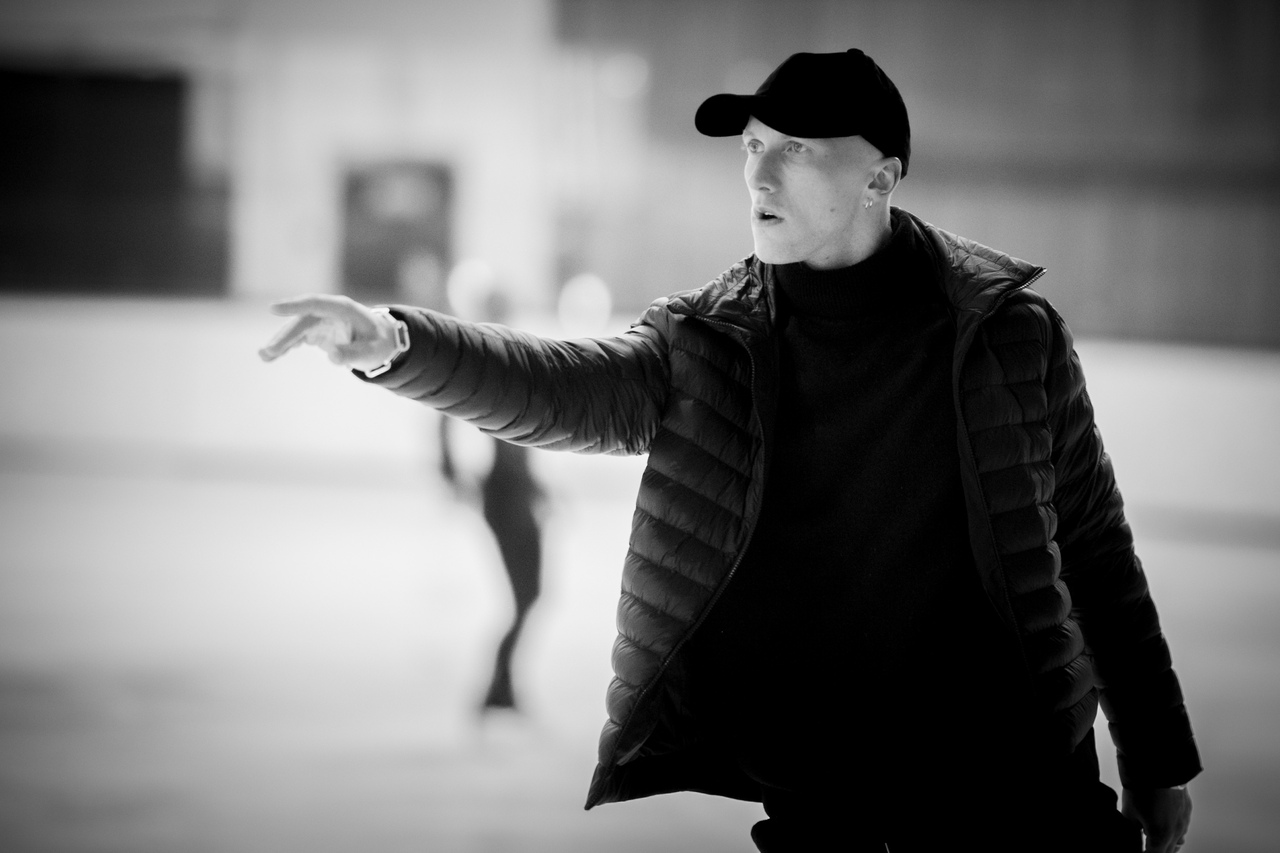
2 thoughts on “«I like to remain mysterious»: Interview with Benoit Richaud”